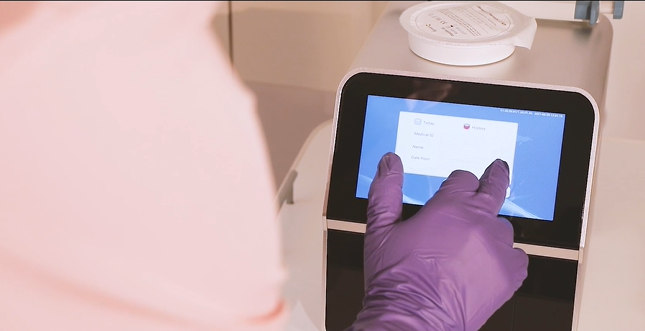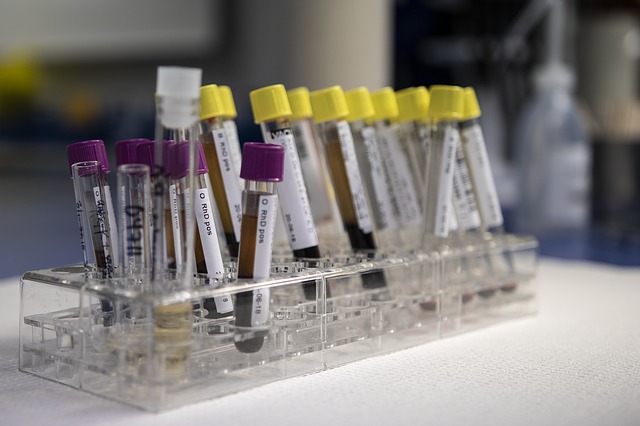release time:2022-04-08 17:01:23
In most cases it is not possible to obtain tissue for biopsy, so blood is the most readily available sample that best reflects the physiological functions of the body. Biochemical tests to measure the electrolyte content of blood can provide a scientific basis for diagnosis.
When potassium and sodium levels in animals such as livestock are below normal physiological levels, malnutrition and potassium and sodium deficiencies may occur. This usually manifests itself as vomiting and diarrhoea. If potassium is above the physiologically normal level, pneumonia, asthma and metabolic acidosis may occur.
Low concentrations of calcium ions act on neuromuscular synapses and cause aganglionosis. In addition, calcium ion loss is also seen in chronic diarrhoea. Therefore, daily monitoring of electrolyte levels in livestock and poultry animals can provide a scientific basis for better feeding management, rational feed preparation, and micronutrient supplementation.
For example, cattle are important livestock, with no less than 5 million cattle dying from BVDV infection each year around the world, accounting for 0.5% to l% of the total number of cattle kept. As BVDV can be transmitted through various routes such as oral and nasal contact and blood. And the morbidity rate of cattle infected with BVDV is high but the mortality rate is low. Therefore a significant proportion of the cattle herd are carriers of BVDV.
The economic cost of BVDV to the livestock industry is considerable. Infected cattle have abnormal concentrations of the electrolytes K+, Na+ and Cl- in their blood serum and may exhibit unusual physiological states. If the electrolyte levels are measured, it can be used to determine whether the herd is infected with BVDV.

2021-09-07
The biochemistry analyzer is a machine that uses the photoelectric colorimetric principle to measure a specific chemical composition in body fluids.The biochemistry analyzer is widely used in hospitals, epidemic prevention stations and family planning service stations at all levels because of its high speed, accuracy and small amount of reagents consumed.

2021-08-30
Biochemistry analyzers and hematology analyzers are two different instruments with different properties and categories. However, there is overlap in their testing programs. The hematology analyzer can replace the traditional biochemistry analyzer to determine blood potassium, blood sodium, blood glucose and total blood carbon dioxide, but there are differences in the results of blood potassium and total blood carbon dioxide.

2021-08-23
The in vitro diagnostic market is a very competitive market, and the market demand is mainly in two areas. The first is at the hospital level, which requires instruments and equipment for faster and more accurate testing. The second is POCT, instant test, that is, you can buy it at home and test the results, such as pregnancy test paper.